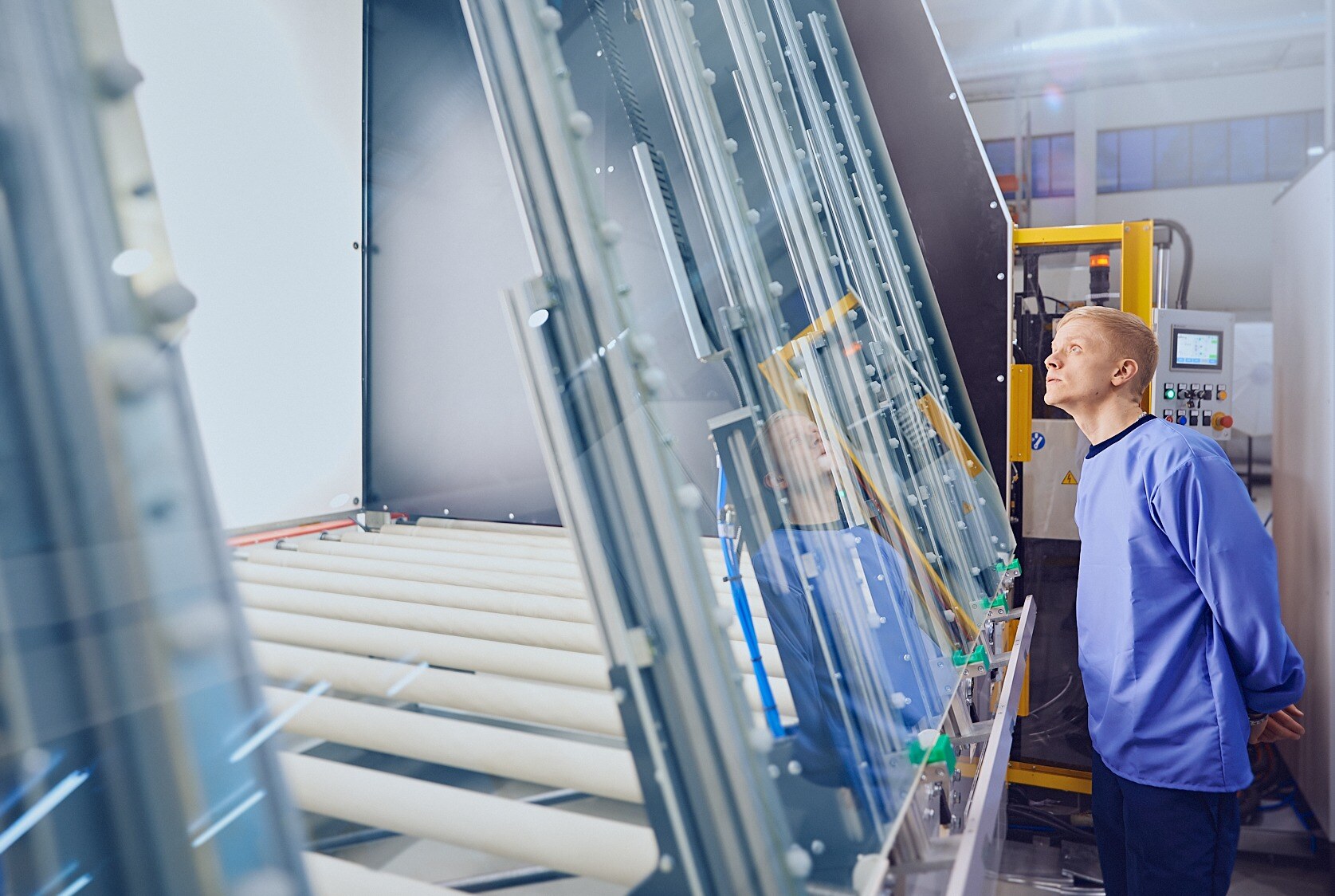When it comes to applications where safety and security are paramount —the choice of glazing material can make a significant difference. Polycarbonate and tempered glass are popular materials that are often compared for their safety features. Below, we analyze which material outperforms the other in critical areas such as impact resistance, shatterproof qualities, and resistance to break-ins or natural disasters.
Impact Resistance
Polycarbonate (PC) has recently gained popularity as a glazing material. Polycarbonate is renowned for its exceptional impact resistance, boasting up to 200 times the strength of regular glass and significantly outperforming tempered glass. Laminated polycarbonate glazing provides even 400 times higher impact resistance. This makes it ideal for environments prone to physical stress, such as machines operating in forestry, construction, agriculture, and mining but also in infrastructure projects. Polycarbonate can absorb and disperse energy without cracking, maintaining its integrity even under severe force.
Tempered glass, while stronger than standard glass, pales in comparison to polycarbonate in terms of impact resistance. It is designed to withstand some force but will shatter when subjected to extreme impacts, making it less reliable in high-risk environments.
Shatterproof Qualities
Polycarbonate is inherently shatterproof, ensuring that it remains intact even under significant stress. This quality is especially crucial for applications like transparent noise barriers, protective glazing, and non-road machine windows, where fragmentation could pose a serious safety hazard.
Tempered glass, though engineered to break into small, less dangerous fragments, still shatters under pressure. While this minimizes the risk of injury compared to standard glass, it cannot match the uncompromising safety of polycarbonate.
Resistance to Break-Ins and Natural Disasters
Polycarbonate also excels in security applications, offering high resistance to break-ins. Its tough composition makes it incredibly difficult to penetrate, even with tools. This makes it an excellent choice for protective glazing in storefronts, vehicles, and even secure facilities.
In natural disasters such as hurricanes, hailstorms, or earthquakes, polycarbonate maintains its structural integrity far better than tempered glass. Its ability to flex without breaking ensures that it withstands high winds, flying debris, and seismic vibrations, providing a reliable barrier against the elements.
Tempered glass, while more resilient than ordinary glass, is prone to cracking or shattering under extreme conditions, leaving structures vulnerable.
Conclusion
When safety and security are the primary concerns, polycarbonate outperforms tempered glass across all key metrics. Its unmatched impact resistance, shatterproof qualities, and resilience against break-ins and natural disasters make it the material of choice for industries prioritizing durability and reliability.
Tempered glass, while suitable for applications where aesthetics and basic strength suffice, falls short in high-risk environments. For those seeking long-term safety solutions, polycarbonate offers a future-proof investment in security.
Read more
